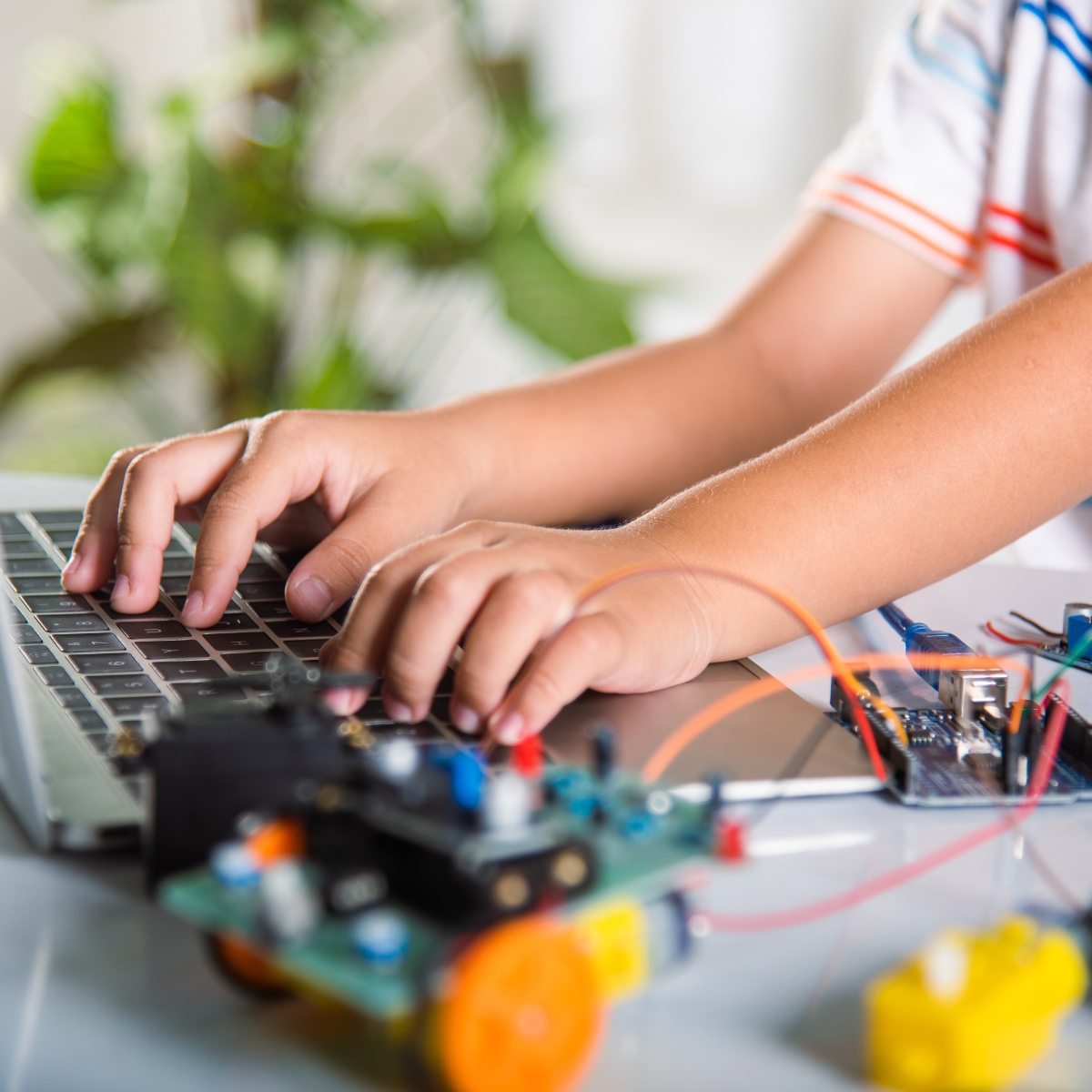Wonder how Google Assistant, Siri, or Alexa processes what you say against a voice command so quickly? Or how frequently disparate healthcare devices manage to monitor vital signs and provide instant feedback? The answer lies in some of the most exciting technologies in the future: TinyML. It is the domain of machine learning that brings sophisticated AI directly into small, low-power devices to process data locally and instantaneously.
What is TinyML?
Well, TinyML literally means “Tiny Machine Learning” and is running machine learning models on really small, low-power devices, like microcontrollers or even smartphones. Unlike classic machine learning models that need extensive computational resources and are usually run in large data centers, TinyML models are optimized to work efficiently on devices with really limited processing power and memory. This local processing thus avoids the latency and power consumption involved in sending the data to the cloud for processing.
TinyML Advantages
There are several aspects where TinyML comes as a booster in technology:
1. Low Power Consumption: Microcontrollers used in TinyML consume their power in milliwatts or even microwatts, allowing them to run for years on a battery. This is very important in applications like environmental sensors, among many others.
2. Low Latency: Since most of the processing happens directly on the device, TinyML reduces the time it takes for a machine learning model to produce a result by quantum, improving user experience by avoiding the need to wait for cloud-based servers.
3. Low Bandwidth: TinyML reduces the need for sending vast reams of data to the cloud, especially in locations with problematic internet connectivity or spotty bandwidth.
4. Improved Privacy: Since computations are done locally, private information does not ever have to leave a device, which is an enormous benefit to applications with personal or medical data.
5. Cost-Effective: Running machine learning models locally on low-cost microcontrollers, in most cases, is less expensive than using powerful cloud-based GPUs or TPUs.
Applications of TinyML
Due to its excellent performance on constrained devices, TinyML finds applications in a number of domains already. The major ones are:
Voice-Activated Assistants: Devices like Google Assistant, Siri, and Alexa run voice commands instantaneously with TinyML to bring quick, very accurate responses, and eliminate the need for cloud processing.
Environmental Monitoring: Many sensors, whether weather, air quality, or wildlife monitoring, spread in distant areas, use TinyML to make on-board analyses, saving energy and reducing continuous data transfer.
Medical Devices: Wearables and other health devices track vital signs continuously using TinyML and pick up abnormalities in real-time to provide instant feedback to the user and healthcare providers.
Smart Home Devices: TinyML can independently run most of the smart home gadgets regarding control over parameters like light, temperature, security, etc., without constant connectivity to the cloud.
As applications come up and technology continues to advance, TinyML will definitely help the future of techno innovations toward making advanced AI accessible and practical for everyday use.
Final Thoughts
While TinyML holds immense promise, there is always the necessity of regarding the fact that its efficiency depends on further developments in model optimization and hardware capabilities. The farther developers and researchers are able to push the envelope of what TinyML can do, the greater will be its effect in making devices smarter, faster, and more responsive for a Changing World.







